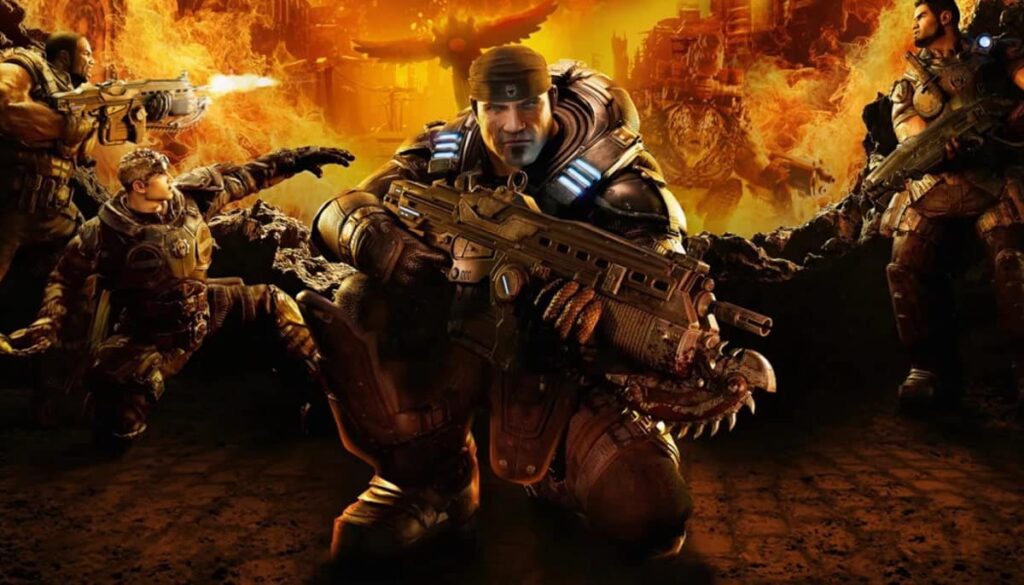Mixed Reality in esports is set to rewrite the rulebook in competitive gaming, combining the best of augmented reality and virtual reality to revolutionize how fans, players, and organizers connect with events worldwide. With trailblazers like Meta Quest 3 and Apple Vision Pro driving immersive technology to new heights, the esports landscape is on the verge of a breakthrough. From exclusive virtual villages to advanced player training tools and real-time digital streaming via Twitch and YouTube, the integration of Mixed Reality in esports promises to make elite gaming more interactive, accessible, and memorable than ever.
Mixed reality creates the ultimate interactive fan experience
The heart of Mixed Reality in esports lies in its ability to enhance the interactive fan experience. Through powerful headsets like the Meta Quest 3 and Apple Vision Pro, fans can now enjoy live stats overlays, multiple match perspectives, and personalized announcer commentary all within their own digital field of view. This isn’t just about watching a screen—it’s about stepping into the arena, feeling the crowd energy, and almost reaching out to high-five your favorite player. By blending augmented reality highlights with the thrill of competitive matches, Mixed Reality enables deeper fan engagement than traditional broadcast or digital streaming ever could.
Virtual villages connect global audiences in esports events
Physical distance is no longer a barrier with Mixed Reality virtual villages revolutionizing esports events. These digital social spaces let fans, teams, and organizers gather from anywhere in the world to connect, celebrate victories, and exchange strategies. Whether at home or traveling, MR-powered virtual villages offer fans new levels of esports accessibility. Fans who once couldn’t attend due to cost or physical limitations now get front-row access to signature events, exclusive meet-and-greets, and behind-the-scenes content—all streamed seamlessly through platforms like Twitch and YouTube.
Game mode innovation and immersive technology redefine esports play
Mixed Reality brings unique possibilities for game mode innovation in esports. Imagine tournaments where physical gestures and spatial positioning influence the outcome, adding fresh depth to competitive strategies. Organizers and developers are leveraging MR tools to test new gameplay modes, incorporating immersive technology that turns every event into a dynamic, ever-evolving experience. Augmented overlays can highlight key decisions in real time, while virtual reality settings challenge players under simulated high-pressure conditions, sharpening their competitive edge.
Event organizers and player training benefit from advanced MR tools
For esports event organizers and teams, Mixed Reality isn’t just about wow-factor. MR platforms support advanced player training by recreating stressful match scenarios within realistic environments, giving top talent a crucial edge during tournaments. At the same time, event organizers gain new ways to monetize through virtual merchandise and interactive affiliate marketing, expanding their reach to digital-first audiences. This next level of fan engagement is critical as esports evolves to attract global communities and enable real-time feedback that benefits players, brands, and fans alike.
Expanding esports accessibility through digital streaming and augmented reality
Mixed Reality enhances esports accessibility on a global scale, especially via digital streaming and platforms like Twitch and YouTube. Fans can tap into immersive event experiences wherever they are—at home, at a LAN party, or on the move—breaking down barriers of geography, language, and ability. Augmented reality overlays can translate real-time commentary, provide accessible stats for visually impaired viewers, and open participation to millions more, ensuring that the spirit of esports reaches the widest possible community.
Frequently asked questions about Mixed Reality in esports (FAQ)
What is Mixed Reality in esports and how is it different from VR or AR alone?
Mixed Reality in esports combines both augmented reality (AR) and virtual reality (VR) technologies, blending digital overlays and fully virtual environments into a seamless experience for players and fans. Unlike pure VR or AR, MR tailors experiences that interact dynamically with the real world, offering both immersion and practical utility at live events.
How can fans participate in esports events through Mixed Reality?
Using MR headsets like Meta Quest 3 or Apple Vision Pro, fans can access interactive overlays, join virtual villages, and partake in immersive watch parties or meet-and-greets from anywhere in the world—often with exclusive perks not available to traditional viewers.
What are virtual villages and why are they important?
Virtual villages are shared, 3D digital spaces where fans, players, and organizers interact during esports events. They foster community, allow worldwide participation, and offer unique social and engagement features, revolutionizing fan experience.
How might Mixed Reality impact esports training and gameplay?
MR can replicate intense competition environments and new gameplay modes, improving player training and enabling innovative formats that test spatial awareness and decision-making under pressure.
Will Mixed Reality make esports more accessible?
Absolutely. By offering virtual attendance, translation features, and adaptive overlays, MR lowers the barriers for fans who face physical, financial, or geographic limitations, broadening the esports audience globally.
Sources to this article
- “3 ways mixed reality could redefine esports events.” (2024). Harvard author-date citation.
- Meta Quest 3 launch content and specifications. Meta Platforms, Inc. (2024).
- Apple Vision Pro developer features and market releases. Apple Inc. (2024).




